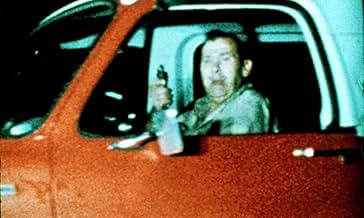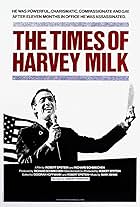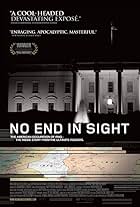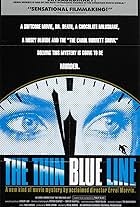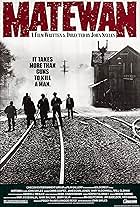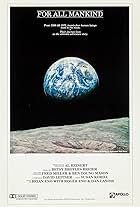A heartbreaking record of the thirteen-month struggle between a community fighting to survive and a corporation dedicated to the bottom line.A heartbreaking record of the thirteen-month struggle between a community fighting to survive and a corporation dedicated to the bottom line.A heartbreaking record of the thirteen-month struggle between a community fighting to survive and a corporation dedicated to the bottom line.
- Won 1 Oscar
- 9 wins & 1 nomination total
- Self - Pres., UMW, 1920-1960
- (archive footage)
- Self - Black Ling Clinic., W. Va
- (as Dr. Donald Rasmussen)
- Self
- (as Dr. Hawley Wells Jr.)
- Self - Pres., UMW, 1962-1972
- (archive footage)
- Self
- (archive footage)
- (as Joseph "Jock" Yablonski)
- Self - Mine Foreman
- (as Basil Collins)
Storyline
Did you know
- TriviaWhen filming began, the film was intended to be about the 1972 campaign by Arnold Miller and Miners For Democracy to unseat UMWA president Tony Boyle, in the aftermath of Joseph Yablonski's murder; however, the Harlan County strike began and caused the filmmakers to change their principal subject, with the campaign and murder becoming secondary subjects.
- Quotes
Hawley Wells Jr.: [...] that was when I learned my first real political lesson, about what happens when you take a position against the coal operators, against the capitalists... I found out that the union officials were working with the coal companies. I also found that the Catholic hierarchy was working with the coal companies. Here was a combination of the whole thing, you see: you had to bump against the whole combination of them.
- ConnectionsFeatured in Cinéma Vérité: Defining the Moment (1999)
This is a powerful Oscar-winning documentary produced and directed by Barbara Kopple ('American Dream', 'Wild Man Blues'). It focuses on the men at the Brookside Mine in Harlan, Kentucky who, in the summer of 1973, voted to join the United Mine Workers of America (UMWA). Duke Power Company and its subsidiary, Eastover Mining Company, refused to sign the contract. The miners came out on a long strike, registered by Kopple with testimonies, backstories, archival footage, and music, particularly that of Hazel Dickens during the final credits.
The film's main strength resides in the sincerity of its emotional, political and sociological core without being overtly sentimental, and Kopple's way of testifying instead of exploiting the subjects. The miners and their wives are not depicted in old hillbilly stereotypes, but rather as hard-working human beings fighting for their basic rights ('together we stand, divided we fall').
Thirty years after the release of this documentary, five miners died in an explosion at Harlan County. When the film was shot, money was the bigger issue (industry profits rose 170% in 1975, but miner's wages rose only 4%); nowadays, however, safety is an even bigger issue. You'd think things would have been largely improved since then, but that's not really the case. 'Harlan County U.S.A.' is a remarkable documentary because it testifies and proposes solutions about a public struggle that shouldn't be overlooked, yet has been for such a long time, in the "land of the free and home of the brave".
- Benedict_Cumberbatch
- Sep 6, 2010
- Permalink
- How long is Harlan County U.S.A.?Powered by Alexa
Details
- Release date
- Country of origin
- Official site
- Language
- Also known as
- Округ Харлан, США
- Filming locations
- Production company
- See more company credits at IMDbPro
Contribute to this page





